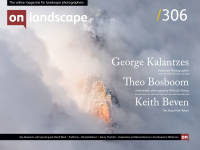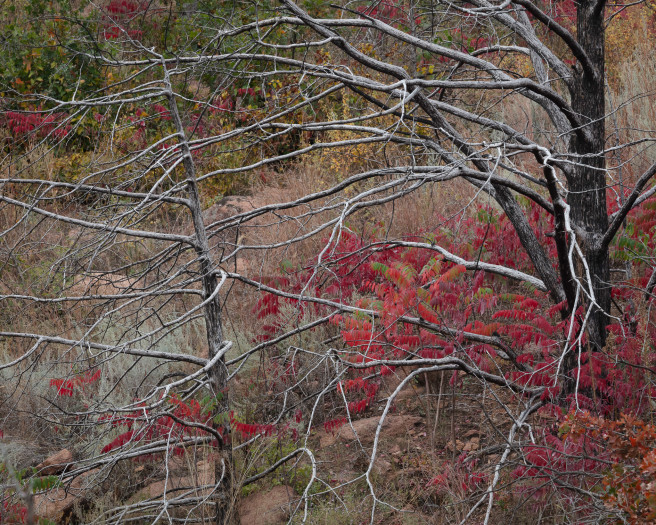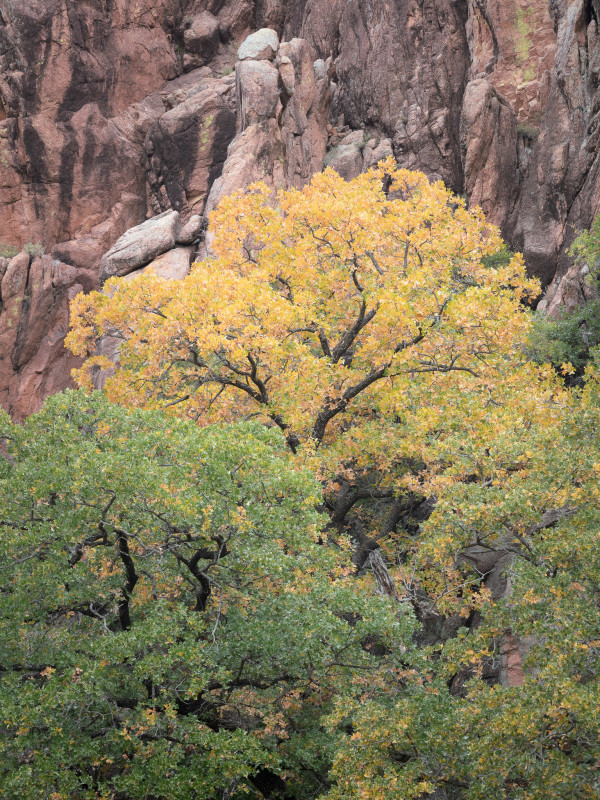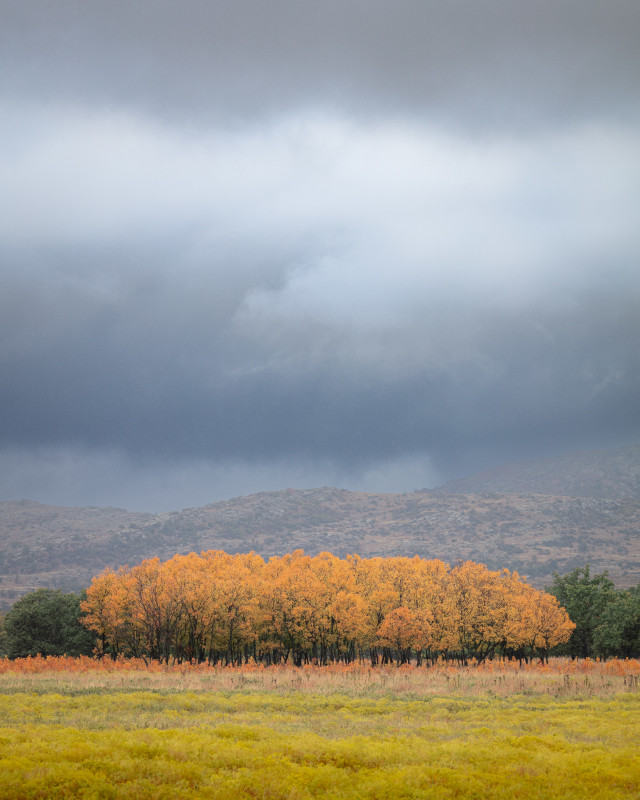For better or worse

Kenny Thatcher
I am a nature and landscape photographer from Chattanooga, TN, and my work is centered on the natural places I visit within about an hour from home. Photography for me started as a "pandemic project" but my reverence for nature has allowed it to evolve into a valuable part of my everyday life.
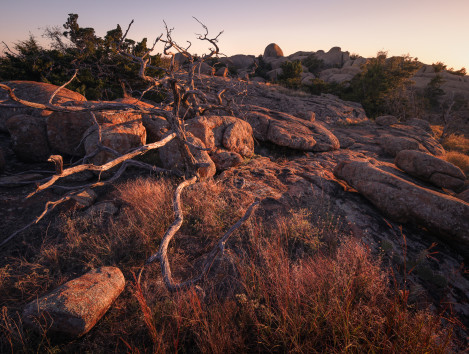
Hears the Sunrise
Name of one Comanche elder who butted heads with Quannah Parker on matters of assimilation at Ft. Sill.
For ten days last October, I visited the Wichita Mountains Wildlife Refuge near Lawton, Oklahoma, where my mother and her three siblings grew up. Her father, Alfred Wendell Fobes, had been a Captain in the U.S. Army during World War II. During his time in the service, Alfred saw plenty of fighting before being captured by the Japanese in the Philippines.
When I was a kid, my family would often visit Lawton for the holidays to spend time with my grandparents; sadly, our last trek from Tennessee was for my grandmother’s funeral about twenty-four years ago. For many years, I had cherished memories of the childhood visits, fun walks through my grandparents’ neighborhood to view Christmas lights, time spent with family, and fun drives to see buffalo and odd-looking mountains. I longed to return and reconnect with the place and the many fond memories I knew it would conjure.
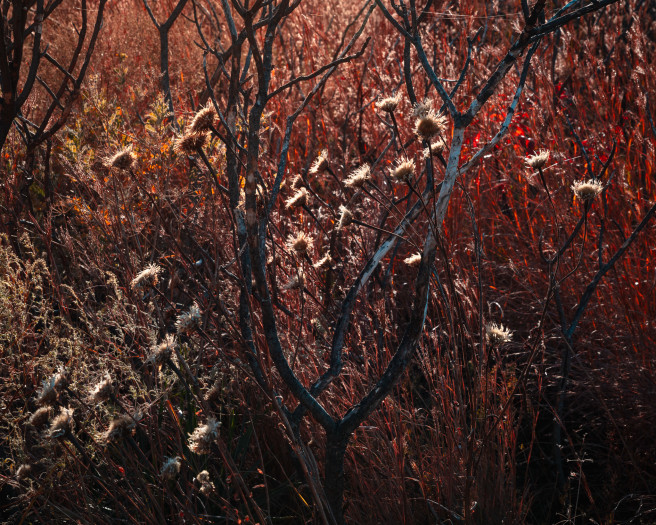
Tiny Voices
Echoes of those long forgotten who perished at the hands of the powerful and selfish. Calls for humanity that still must be confronted decades later. The soil does not forget.
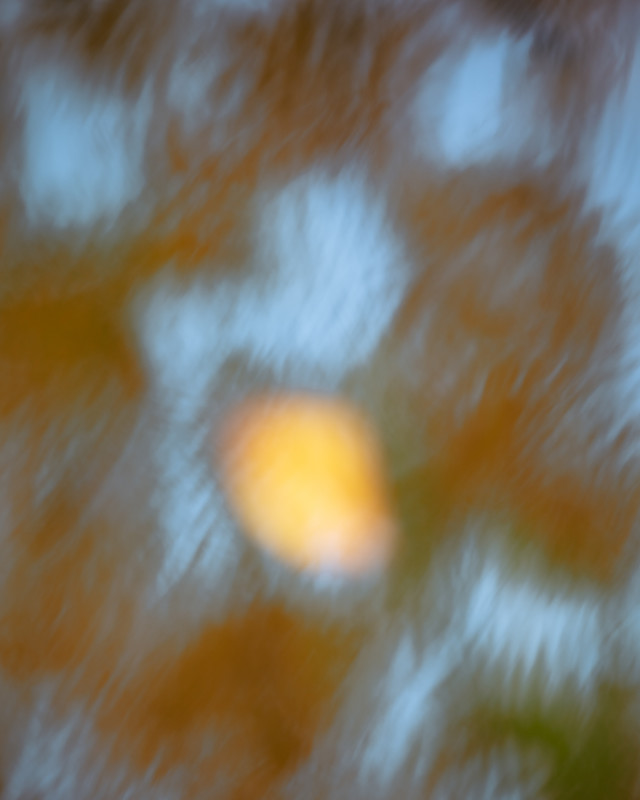
Ghost of Quannah
A singular and often controversial voice among hundreds of past and future native leaders.
Southwestern Oklahoma is not considered a famous tourist destination, but that’s another reason I have always been drawn back to that part of the U.S. The refuge itself has long held a peculiar place in my memory because it is so very different compared to my home in Appalachia.
While nearby Lawton can seem an expanse of “dead grass and concrete” (a joking description I distinctly remember from one family conversation), the refuge is over 60,000 acres of rolling grass prairie spanned beautiful between understated mountains of exposed, rounded red granite boulders. It is nothing at all like the densely forested mountains of Tennessee and Georgia that I am accustomed to wandering.
In this setting, the solitude and isolation can feel as immense as the Great Plains themselves. It isn’t difficult to find small canyons to explore, well out of earshot of hikers or wide vistas with no visible people or human-made objects. The vastness is both beautiful and mildly disconcerting, particularly for a visitor more at home among hillsides populated by innumerable trees.
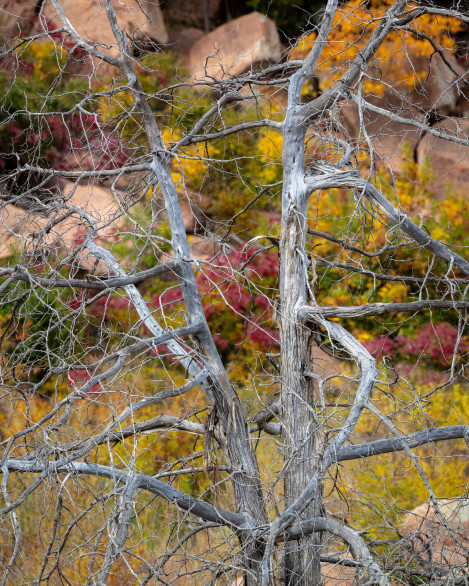
Piamempits
The mythical giant cannibal owl who lived in caves among the Wichitas and would haunt the dreams of Comanche children.
The challenging, sometimes disorienting terrain can be a test for navigational skills if one is inclined to hike the area's many trails. “Trail” is a word used loosely in this context since many of the refuge’s footpaths become unclear or disappear altogether into labyrinths of scrub brush, grasses, and house-sized boulders. I managed to get turned around on more than one occasion as late afternoon hikes went longer than anticipated, allowing the sun to set and take every trace of ambient light with it. Home to bison, longhorn, and elk, the historic preserve offers a variety of opportunities to connect with the natural world.
There is, of course, a wealth of Native American history to absorb. While I was there, I read Empire of the Summer Moon by S.C. Gwynne, which chronicles the history of the masters of the Great Plains, the Comanche, and their last chief, Quannah Parker. I grew intrigued by the region’s cultural and military history because, somehow, the tragic specifics had eluded me for too long. If we discussed the subject in high school history, it may have been inadvertently overshadowed by the Civil War and North American slavery. There is also a good chance I found the topics worn and irrelevant as a distracted, angsty teen.
Enriching visits to the Comanche National Museum and Cultural Center, the Fort Sill National Historic Landmark & Museum, and the Museum of the Great Plains let me spend time with historical artifacts from the very era that had so thoroughly captured my fascination. By keeping the refuge’s natural and human history in mind, a visitor can easily connect with many types of life, both past and present, and never feel truly alone. The Great Plains were the western frontier for most of the 1800s and with so much settler and native blood spilled, there is indeed a quiet somberness throughout.
For better or worse, I’ve never allowed myself to be a casual tourist. I love digging in and learning all I can about a place’s history, both natural and human, especially if significant time and money are involved. I did this during my and my partner’s visit to Mexico City a year before, and also during our honeymoon in France many years ago.
Add the family connection surrounding Ft. Sill and Lawton and my retracing of childhood footsteps (like a surprise visit to my grandmother’s 93-year-old friend Shirley, who was every bit as energetic and hilarious as I remembered), and it’s easy to understand how Southwest Oklahoma is still special to me despite a significant span of time and miles. The visit was just as exhilarating for its natural wonders as it was sentimental and at times bittersweet, for nearly everything else.
So many photographers I admire do amazing written work by eloquently connecting memories and emotions to the images they create.
I do hope my small collection of photographs and the corresponding notes attached to each convey at least a small story of the sentiment I was gifted by the return trip after nearly three decades. The refuge is indeed meaningful, in an obvious way, because of its intriguing political and natural history. It is even more important to me, on a deeply personal level, thanks to the many valuable recollections of warmth, love, and family that I was grateful to both bring with me and rediscover.
-
Hears the Sunrise
Name of one Comanche elder who butted heads with Quannah Parker on matters of assimilation at Ft. Sill.
-
Tiny Voices
>
Echoes of those long forgotten who perished at the hands of the powerful and selfish. Calls for humanity that still must be confronted decades later. The soil does not forget.
-
Ghost of Quannah
A singular and often controversial voice among hundreds of past and future native leaders.
-
Piamempits
The mythical giant cannibal owl who lived in caves among the Wichitas and would haunt the dreams of Comanche children.
-
Nermernuh
“The people” in Comanche, the name given to themselves.
-
Citrus Bowl
The introduction of something unfamiliar yet irresistible to both cuisine and culture.
-
Comancheria
The name given to the vast, unnavigable empire of the ruthless horse-mounted warriors.
-
All Who Came Before
Reflecting somberly in reverence and appreciation.
-
Lightpath
Finding my way among the scrub, boulders, and emotions forever connected to memory.
-
Everlasting
A sanctuary carved by time and water. Refuge from unrelenting Summer heat and worry.

